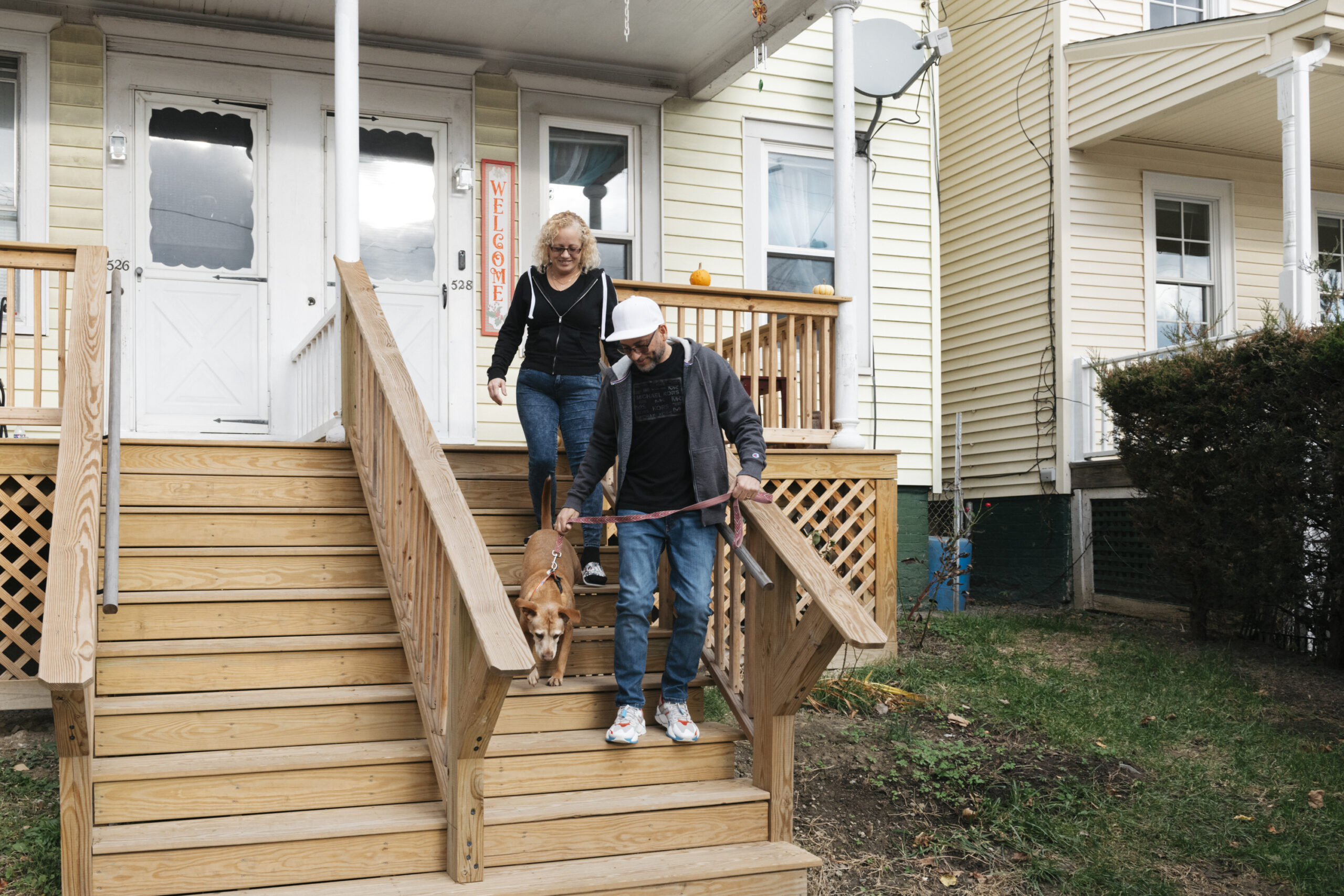HudsonDots is an innovative housing initiative in Hudson that preserves, generates, and sustains high quality, affordable housing. HudsonDots aims to stabilize rents, improve living conditions and create additional affordable housing units.
Learn more in the following interview with senior project manager Celene Dixon-Santiago.
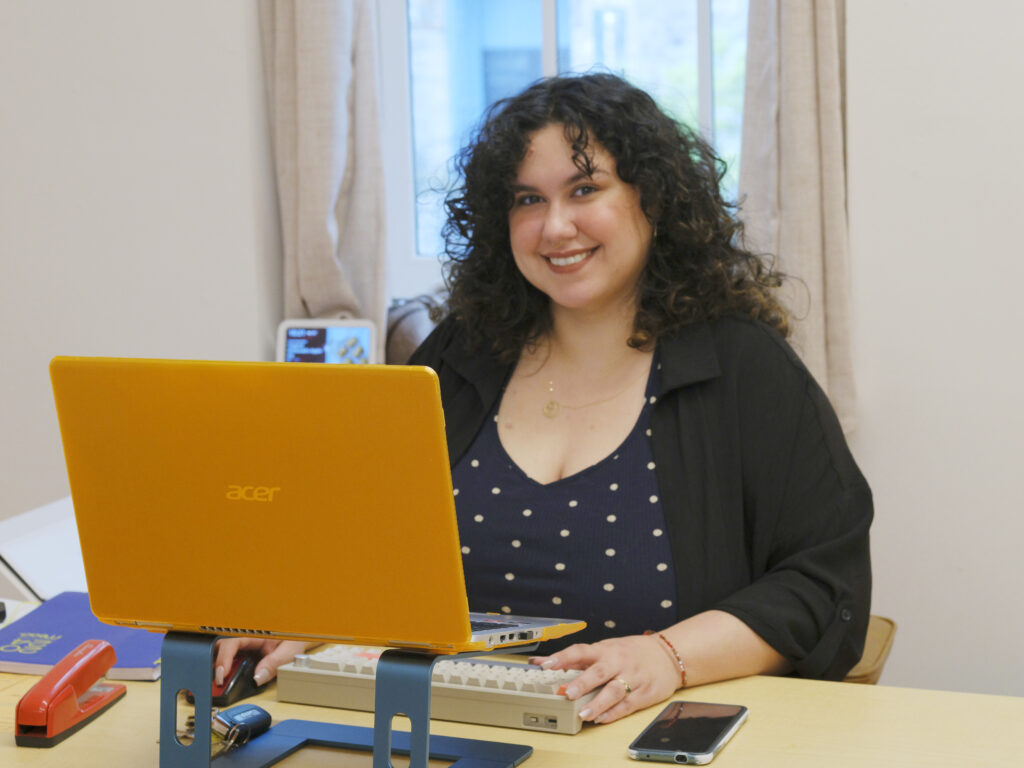
TS: What is HudsonDots? What’s its mission and how did it come to be?
CDS: Hudson DOTS is an affordable housing program. Our mission is to create a tenant-driven community within Hudson, providing ways for residents to be a part of the town they grew up in and cultivate diversity.
It’s called Hudson DOTS because our houses are “dotted” throughout Hudson rather than concentrated in one area. We need many different types of affordable housing in Hudson to meet the demand here.
HudsonDots is a collaboration with Build Hudson, our general contractor for most of the projects we do. In the beginning, Hudson DOTS bought seven properties. The original plan was to refurbish the units while people lived in them, but we decided that wasn’t going to work. So we relocate wonderful residents to new homes, fix up the old buildings or knock them down, and then bring them back into newly refurbished homes.
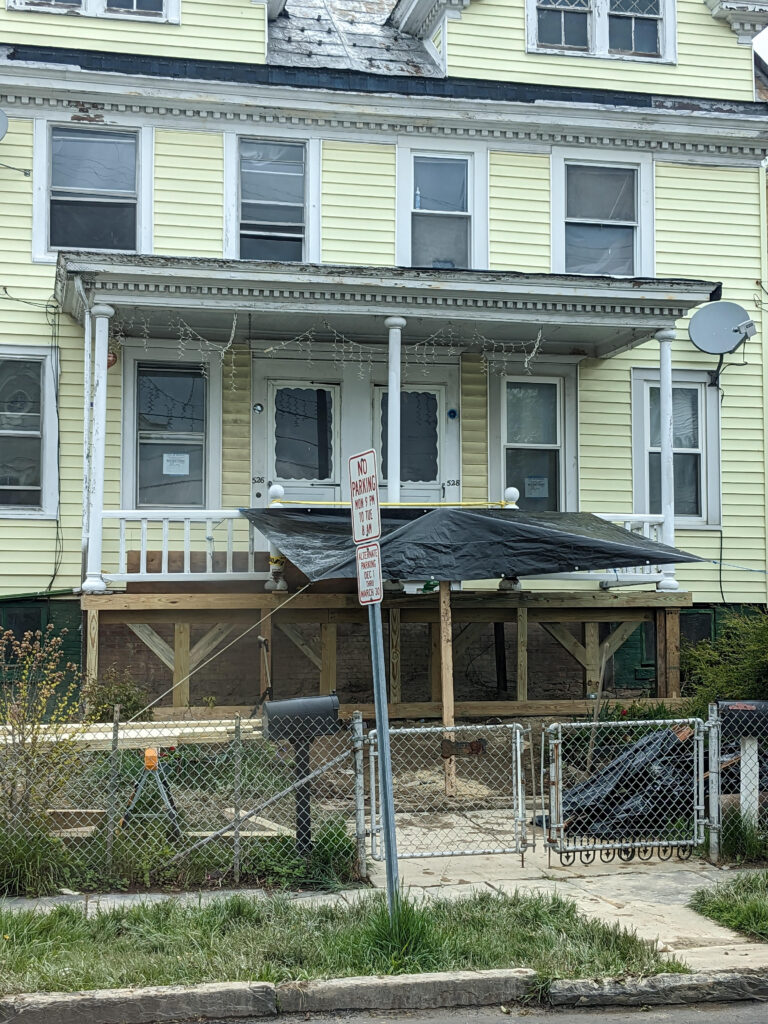
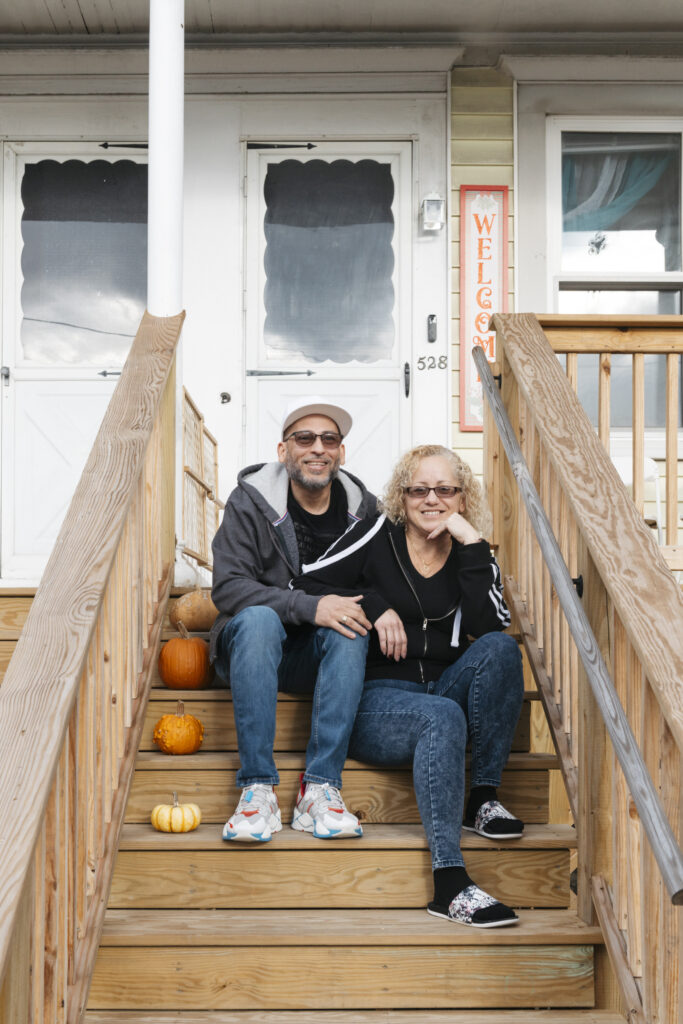
TS: Why is that important in a place like Hudson?
CDS: Well, there’s a whole group of underrepresented people in Hudson, families who are getting priced out of their homes. Housing in Hudson is extremely scarce. You have Warren Street, which acts as a giant divide between the wealthy and the rest of Hudson, making rents are ridiculously high. Right now, Hudson housing is not accessible to everyone and that needs to change.
This is a home for many kinds of people, but gentrification is real.
TS: What is an example of a project you are working on right now?
CDS: Right now, one of the larger projects is 250-252 Union Street. We’re keeping it as two separate buildings, making it into five new units, some two bedrooms, some three bedrooms. Two units are ADA-compliant and all maintain low rents. We’re also creating a green space in the back with a garden.
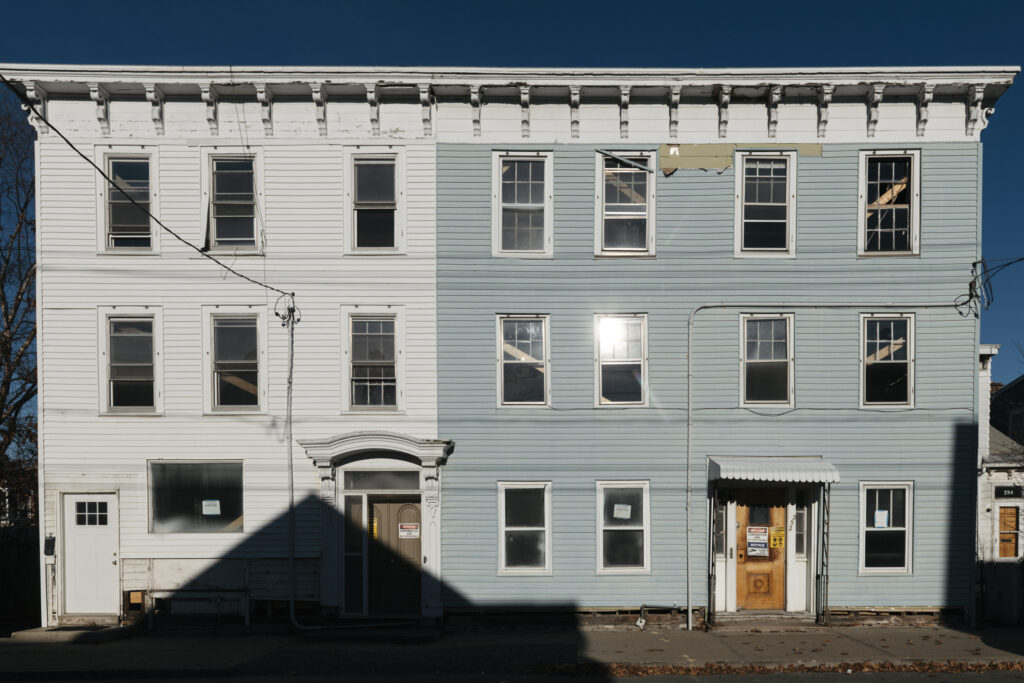
TS: Let’s talk about specific tools you are using to accomplish all this.
CDS: Partnerships! For example, we’re going to connect our residents with programs in Hudson such as Grow Black Hudson to cultivate green spaces and gardens in the homes we are improving. That alone is a big thing, to give greener spaces in Hudson where people don’t always have access to them. I mentioned the partnership with Build Hudson already. Build Hudson does the contracting work and trains young people in Hudson in construction and contractor skills.
We also work with Greater Hudson Promise Neighborhood, which offers cradle-to-career opportunities and support for individuals and families impacted by systemic oppression and failures. There is a GED program, childcare after school, and other services.
A final example is Unity Now, an individually-owned, Hudson-based internet provider we partner with in all our buildings, including our offices. Unity was founded by Shaheim DeJesus, a young entrepreneur from right here in Hudson. Unity delivers high-quality internet to anyone, offering affordable plans that make it a much better option for supporting the underserved in Hudson.
TS: Amazing. Toolshed is particularly interested in these kinds of networks of people doing good work together rather than one nonprofit competing with another nonprofit. It seems like there is a mutual support network emerging in Hudson.
CDS: Absolutely. That’s really what drives us, mutual support. Our goals are often the same.
TS: Great. What’s another tool that you can think of?
CDS: Well, the state just passed regulatory agreement New York State Real Property Tax Law Section 581-A that is a great tool. In a way, it makes the city a partner. This law allows our tax burden to be assessed on operating income rather than the market value of the property. This is key in Hudson where market value is being pushed up by gentrification. Without recourse to such a law building owners wouldn’t be able to maintain below-market rates for tenants and we would lose diversity and push long-time residents out. This agreement with the city allows us to take advantage of the regulation to keep rents low for tenants while meeting our operating costs. We worked with the city to ensure it applied to our properties so long as they are housing people who do not exceed 80% of the area median income. This is a tool other property owners with missions like ours could use.
TS: So the specific tool here is the regulatory agreement with the city that allows you to take advantage of a tax incentive provided you do what you say you’re doing: providing housing for lower-income residents that is not otherwise available, correct?
CDS: Exactly.
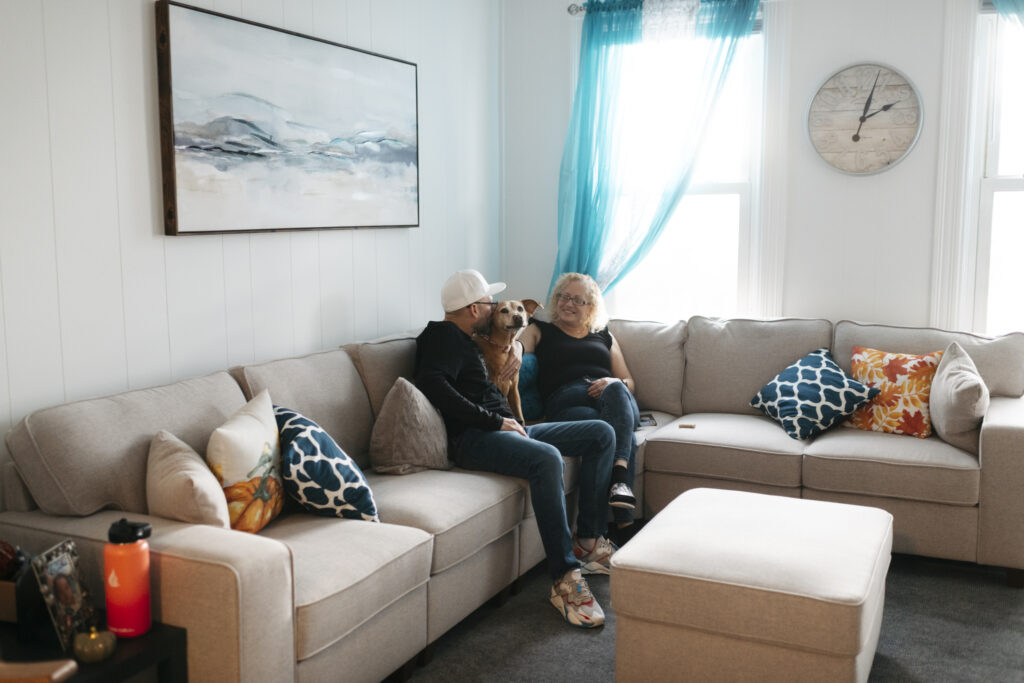
Want to learn more? Check out Hudson Dots online, read their blog post about their mission, and follow them on Instagram as they continue rehabilitating Hudson properties as affordable housing.
